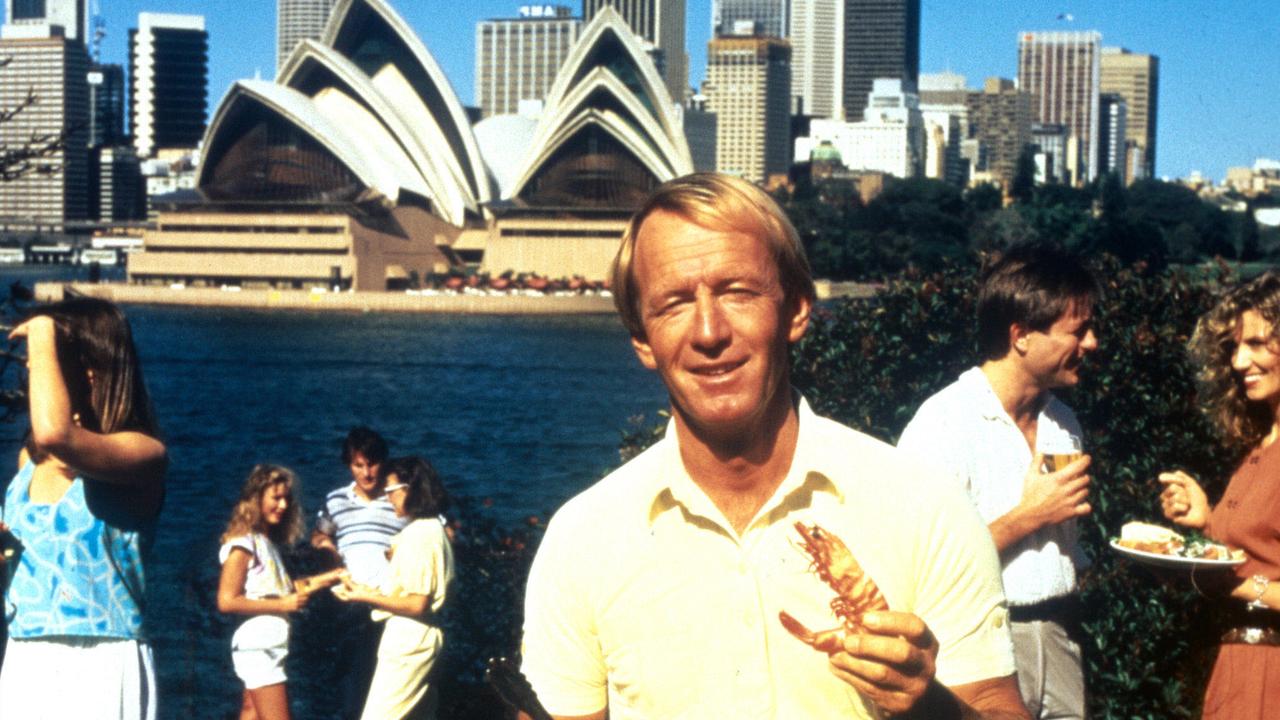Mike O’Connor: Are ‘culturally inappropriate’ bans reverse racism?
If a property was divided into white and non-white sections, there would be outrage. But when the reverse occurs, everyone looks the other way, writes Mike O’Connor.
Mike O'Connor
Don't miss out on the headlines from Mike O'Connor. Followed categories will be added to My News.
Another small slice of Australia was roped off the other day, reserved for the enjoyment of a few and off-limits to the community at large.
It occurred just across the border in the Tweed Valley with the permanent closure of the National Parks and Wildlife Service’s Mt Warning hiking trail following a claim by a group of Indigenous people that it was not “culturally appropriate” for non-Indigenous Australians to walk the trail or climb the mountain.
World heritage-listed Mt Warning is the first point in Australia to catch the day’s sunrise and has been popular with hikers for decades.
But according to the self-named Indigenous Wollumbin Consultative Group, “public access is not culturally appropriate or culturally safe”.
“Wollumbin should not be a recreational space for the public to visit or use for tourism, including use of the image of Wollumbin for advertising purposes,” it declared, demanding the immediate closure of the site.
Predictably, the National Parks and Wildlife Service, which has been denying rumours of a proposed closure for the past year, rolled over and shut the gates.
No case had to be made. Just a demand by an unelected body to lock out all non-Indigenous people.

Local Indigenous leader Fiona Noble has questioned the processes of the WCG and the lack of consultation and says that “false naming and false stories” are being used to ban access to the region’s natural attractions.
Local businesswoman Peggy Lemaire says up to 90 per cent of the area’s national parks could not be accessed and that locals had rarely been informed in advance of a series of arbitrary site closures over the past three years.
Meanwhile, over on North Stradbroke Island, Queensland Parks and Wildlife has stipulated that part of a popular camping and fishing spot about 10km south of Dunwich be reserved for the exclusive use of local Indigenous people.
QPWS has said that the new rules provided “an opportunity for all Queenslanders, including the Quandamooka People, to immerse themselves in this unique natural and cultural setting.” It is difficult to see how it is an opportunity for “all Queenslanders” when the site is divided along racial lines.
Were a caravan or camping park operator to divide their property into White and Non-White sections, there would be justifiable outrage.
But when the reverse occurs, everyone looks the other way.

Some, including former local federal MP Andrew Laming, have called the move reverse racism.
“If we’re really serious about reconciliation, why wouldn’t you share the site and camp together?” he asks.
In Victoria, the trend is the same as large areas of national parkland popular with hikers and rock climbers are gradually been closed to non-Indigenous people on cultural grounds.
In Queensland, it’s only a matter of time before Mt Tibrogargan, just north of Brisbane in the Glass House Mountains National Park, is closed to anyone who can’t claim Aboriginal heritage and it would naive to think that what is happening on North Stradbroke Island will not spread to Moreton Island and Fraser Island.
No one is in the business of denying the embrace and celebration of culture but it’s a strange thing when a particular group declares that the only way it can preserve its culture is by erecting racial borders.
The debate surrounding the referendum seeking approval or disapproval of the establishment of an Indigenous-only voice to parliament is gathering momentum.

If approved, it seems that it will only add to the Them and Us attitude that is becoming pervasive and which creates division while preaching inclusion.
The creation of a publicly funded body elected only by non-Indigenous voters in 2022 is unthinkable, yet we are told by some that the reverse, creating two classes of Australians, would be a good outcome.
Many years ago, as a callow youth wandering wide-eyed around the US on my first trip overseas, I walked into a cafe in the main street of a town in Mississippi.
The black American man behind the cafe counter took one look at me and said: “Boy, ya’all got y’self in the wrong place.”
He was right. I’d unknowingly walked into the Blacks Only eatery.
The Whites Only one was a little further down the street, past the Whites Only park bench and the Whites Only water fountain.
I remember thinking back then that you would never see Australia allow divisions to be put in place which were decided by race.
How wrong I was.





